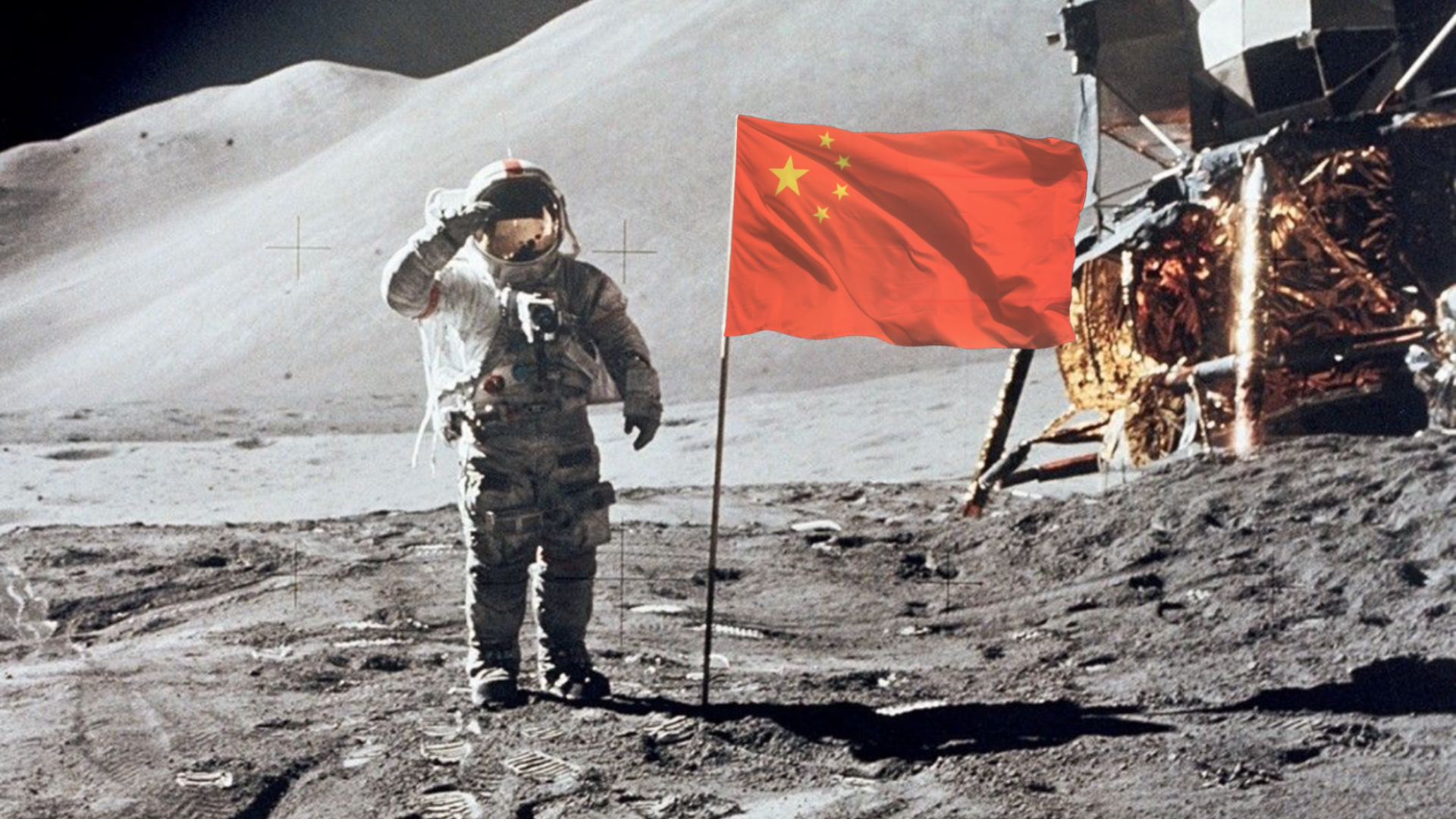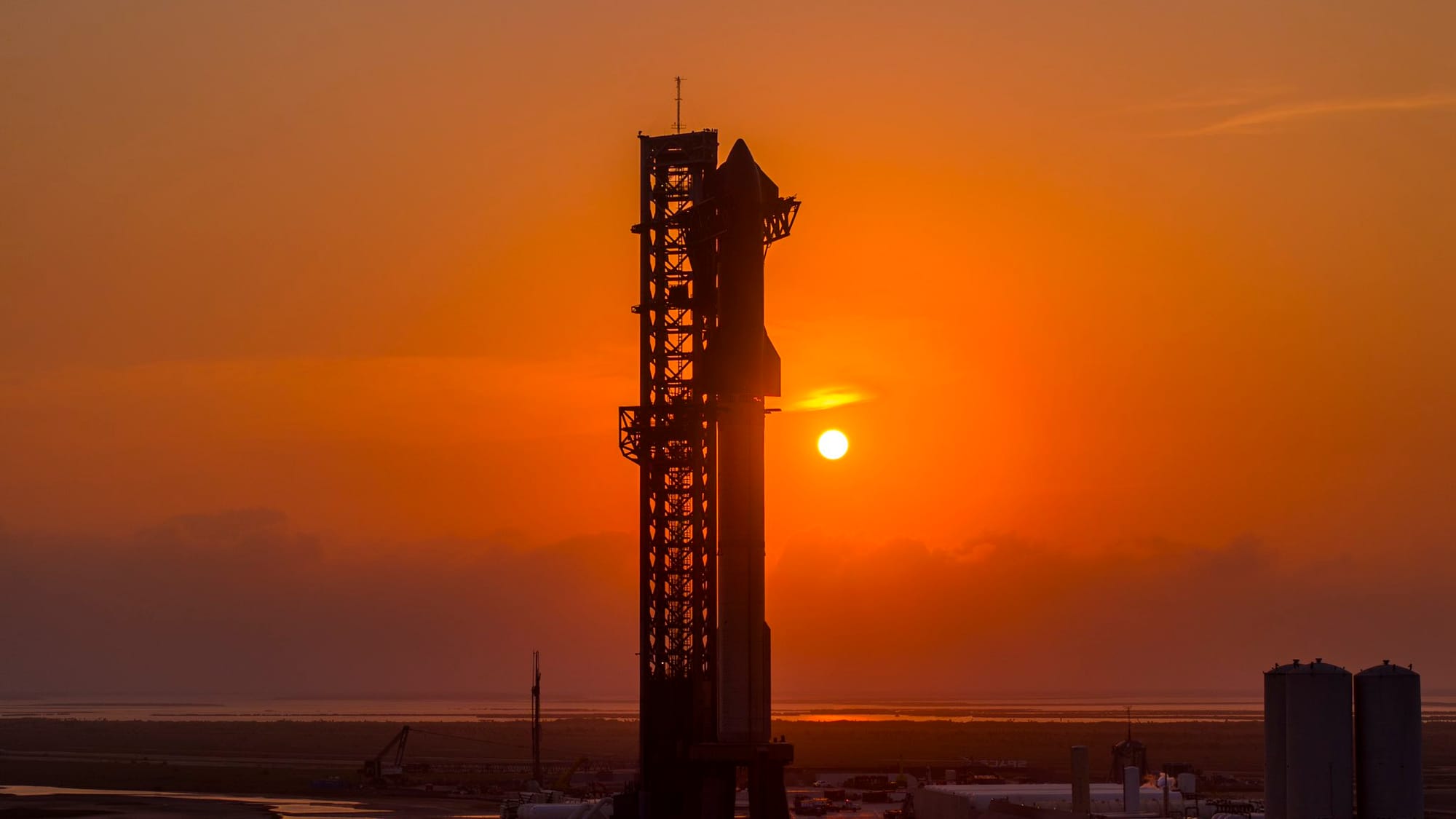Table of Contents
Congratulations to the People's Republic of China on returning humans to the lunar surface! But they haven't performed a crewed lunar mission yet? No, China hasn't, but the United States' plans for NASA are an utter mess of underfunding and headlessness.
Imminent budget changes eliminate the Space Launch System (SLS) rocket and the Orion capsule, along with the Gateway lunar space station. And now with Jared Isaacman likely no longer heading toward NASA leaves the agency directionless at the whims of the White House.
For those outside of the know, SLS is the only rocket in the U.S. capable of delivering the Orion capsule to a trans-lunar trajectory. This capability made it critical for plans to send astronauts around the Moon in 2026, followed by a rendezvous with SpaceX's Starship Human Landing System (HLS) in lunar orbit for the crewed mission to the lunar surface since 1972.
However, the program to return American astronauts to the Moon, known as Artemis, is rife with delays. And now it appears that these delays have killed the only parts of the program proven to work.
With SLS heading toward retirement and no alternative ready, how might the U.S. send astronauts to the Moon, after China does? The simplest option would be to put Orion atop of another rocket capable of sending it to low Earth orbit where it would then rendezvous with another stage to send it out to the Moon. Currently, the two options capable of putting Orion in low Earth orbit are Blue Origin's New Glenn and SpaceX's Falcon Heavy. Another New Glenn, launching with no payload, would likely then be used to send Orion out toward the Moon.
Another option, if more cuts to Artemis are on the table, is to get rid of Orion altogether and use just SpaceX vehicles instead. In this approach, a Starship HLS would be sent to lunar orbit as planned for Artemis III, while another stripped-down HLS is placed in low Earth orbit, with both fully refueled. The crew would then launch aboard Crew Dragon on a Falcon 9 and dock with the HLS in low Earth orbit. From there, the HLS carrying the crew would perform a trans-lunar burn to rendezvous with the other HLS in lunar orbit, where the landing mission would proceed as planned. After completing the surface mission, the crew would return to lunar orbit and then back to low Earth orbit aboard the same HLS that initially transported them. Finally, Crew Dragon would dock with the returning HLS and bring the astronauts safely back to Earth. This option, which seemed unrealistic just a few years ago, is shockingly realistic as Elon Musk, head of SpaceX, bought the second Trump presidency.
Both of those options would take considerable time, capital, and resources. None of which will help another landing occur before 2030. And Orion would not need to be retired along with SLS.
SLS' winding down also begs the question: does the U.S. actually want to return to the Moon? NASA's Commercial Lunar Payload Services (CLPS) initiative has been trying to cultivate a commercial ecosystem for sending payloads to the Moon, but its success is questionable. So far, all of the CLPS missions, and many future missions, are dependent on NASA funding to deliver a few hundred kilograms of cargo, sometimes to the Moon.
If a return is not desired, the U.S. could alternatively abandon its Moon plans and go all in on a crewed Mars mission. This mission has long been a dream of Elon Musk, and now, having brought a presidency, Trump wants to see it happen too. In Trump's inauguration speech, he mentioned a crewed Mars mission stating:
"The United States will once again consider itself a growing nation, one that increases our wealth, expands our territory, builds our cities, raises our expectations and carries our flag into new and beautiful horizons. And we will pursue our manifest destiny into the stars, launching American astronauts to plant the stars and stripes on the planet Mars."
Now, with SLS retiring and no replacement ready, the next missions with hardware almost ready are Chinese. China announced a few years ago that it would send taikonauts to the Moon and return them to Earth before 2030. However, those close to the program believe it can occur sooner than the 2030 target.
Both the Mengzhou crew capsule and Lanyue lunar lander are currently undergoing testing, with steady progress, on the ground for testing in space in the coming years. In addition, the Long March 10A, a single-core version of the Long March 10 Moon rocket, will fly for the first time in 2026, while the three-core Long March 10 will fly in 2027.
Additionally, China's crewed lunar program is not only just meant for short-term surface exploration missions, it is also aiming to develop stations for long-term Moon missions. These stations will be implemented by the various members of the International Lunar Research Station, at least one will be on the lunar surface while another may be in lunar orbit.
"The United States now sleeps under a [red] moon"
- Nikita Khrushchev
Lead image is photoshopped, the original is U.S. astronaut David Scott saluting the American flag during the Apollo 15 mission on August 1st 1971. You can find the original image here.
Disclaimer: Parts of this post have been ready for release since January 21st 2025 when rumours around a new direction began. Additionally, there is still time for the U.S. to change course via direction from Congress, assuming Donald Trump doesn't end any bill hoping to do so.






